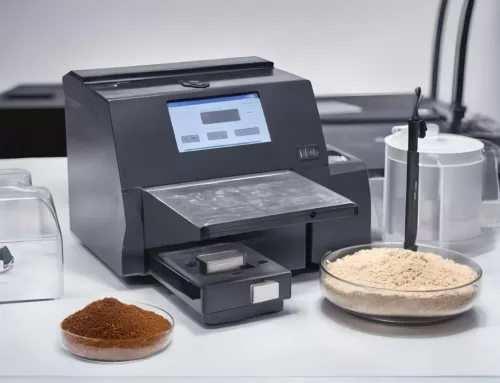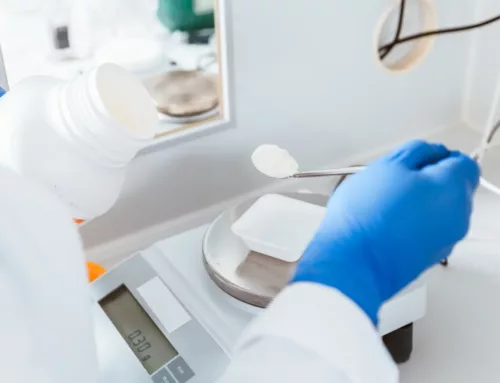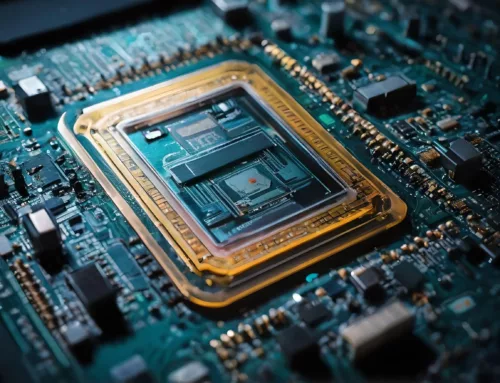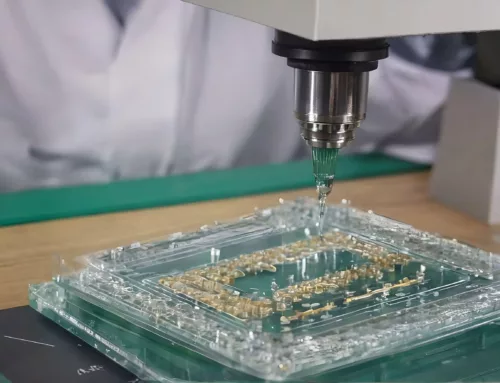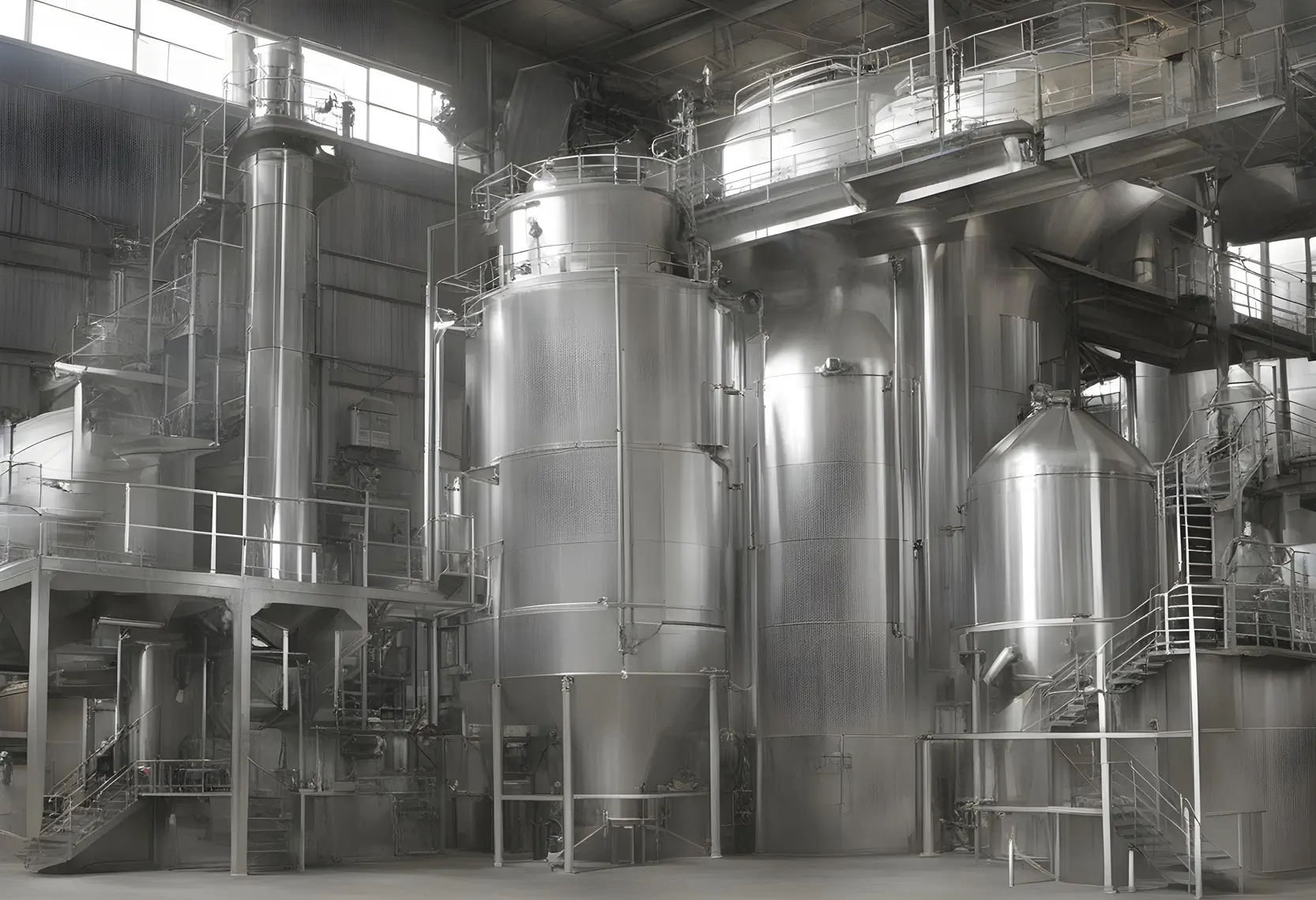
Spray drying, a versatile industrial process originating in the early 20th century, has found widespread applications in various industries. Its roots in the dairy sector, particularly in milk powder production, underscore its significance in revolutionizing product preservation and distribution.
The historical evolution of spray drying traces back to its initial applications in the dairy industry, where it was instrumental in converting liquid milk into powdered form. Significant advancements in the 1930s and 1940s propelled spray drying into the realm of large-scale production, with notable contributions from pioneers like Samuel Percy and companies such as Nestlé.
Understanding Solvent Evaporation in spray drying
Solvent evaporation lies at the heart of the spray drying process, where liquid droplets undergo transformation into dry particles. This section delves into the intricate molecular-level phenomena governing solvent evaporation, influenced by factors like temperature, vapor pressure, and surface area.
Exploring Solute-Solvent Interactions
The molecular narrative within spray-dried droplets is shaped by solute-solvent interactions, driven by forces such as Van der Waals forces, hydrogen bonding, and electrostatic attractions. These interactions play a crucial role in determining particle characteristics and stability in spray drying.
Unraveling Particle Nucleation and Growth
Nucleation marks the initiation of particle formation, with solute molecules assembling into seed crystals. This process, influenced by supersaturation levels and intermolecular forces, sets the stage for subsequent particle growth, guided by intricate kinetics and thermodynamics.
Particle morphology, whether spherical, amorphous, or irregular, emerges from the complex interplay of molecular forces during phase transitions. Understanding these dynamics is essential for controlling particle properties and achieving desired outcomes in spray drying.
Instrumentation and Analytical Techniques
Electron microscopy and spectroscopy play a pivotal role in elucidating spray-dried particle characteristics at the atomic and molecular scale. an array of scientific instruments and techniques is utilized. Electron microscopy lends visual insights into particle morphology and structure. X-ray diffraction identifies crystalline phases, while spectroscopy techniques give insight into the chemical composition of droplets. These analytical tools ensure precision and consistency across batches and apply to a large scale of industry operators.
Conclusion: Harnessing Spray Drying for Diverse Applications
Spray drying represents a captivating microcosm of chemical transformations, offering meticulous control over particle properties and qualities. A deeper understanding of its intricacies empowers industries to leverage this versatile process for a wide range of applications, from pharmaceuticals to food production.

